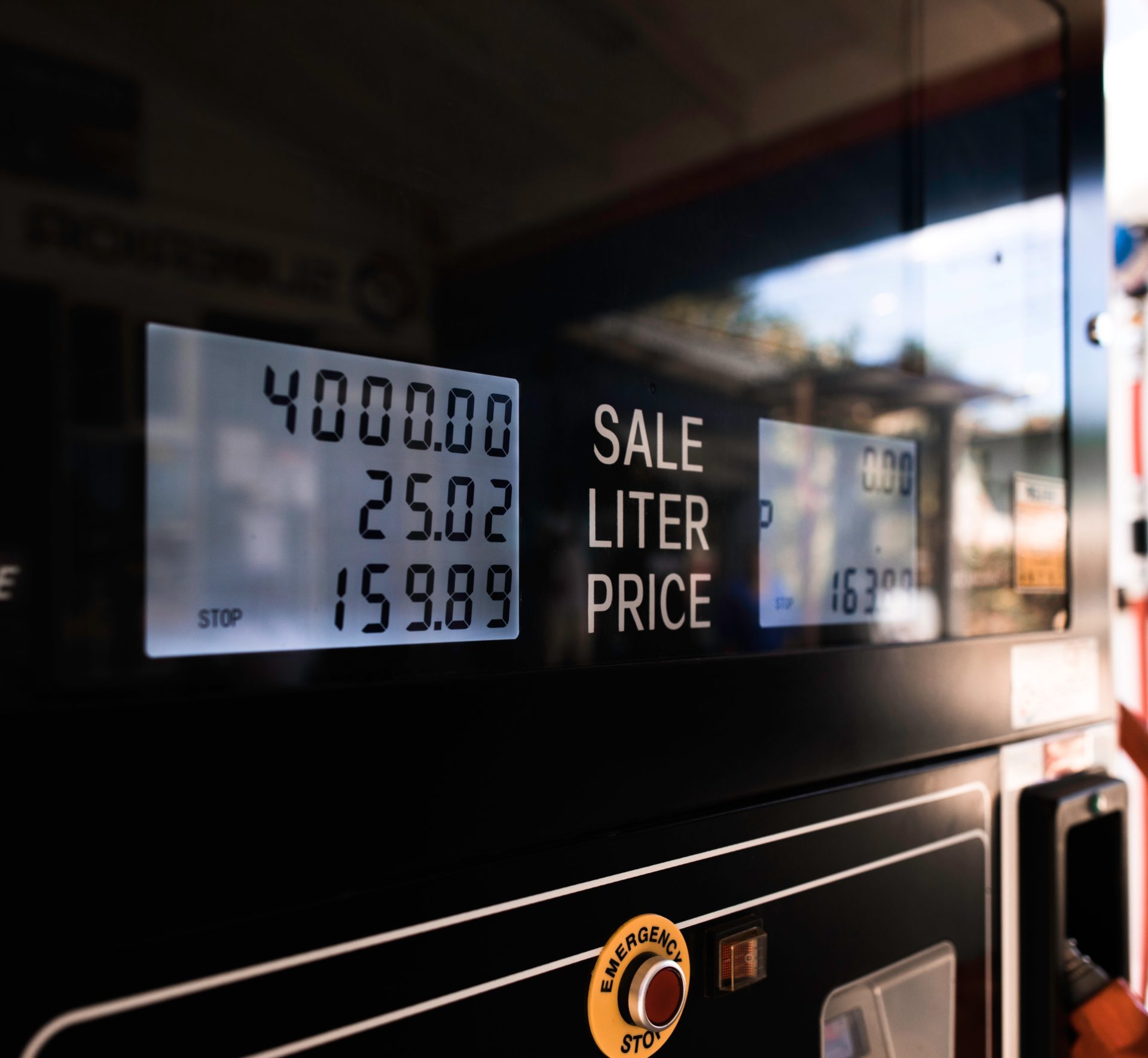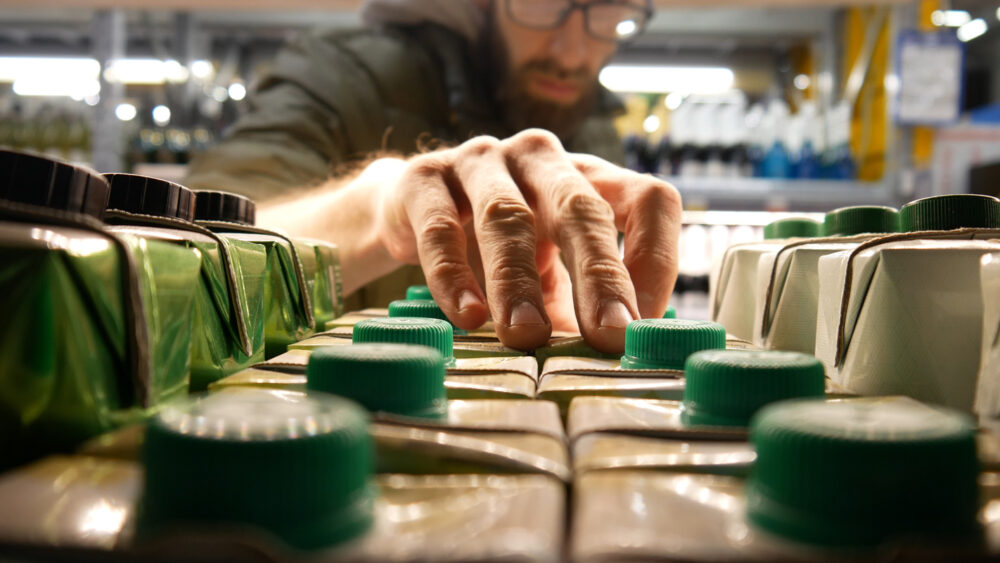
In line with increasing inflation and climbing energy prices, consumer data reveals confidence in the economy has dramatically declined over the first quarter of 2022, and is poles apart from the record highs witnessed in 2021
The removal of the government furlough scheme has not had a negative impact thanks to job vacancies hitting a record high in January.
Results from the latest Consumer Compass for Q1 have revealed a steep 10 point decrease in overall levels of consumer confidence since the end of 2021. After record highs in confidence after lockdowns were eased last year, the cost-of-living crisis and the war in Ukraine have diminished consumer optimism. Whilst this decline is broadly consistent across regions and age groups, millennials (those aged 25-34) have witnessed the steepest decline of 21 points in the last 12 months (113 in Q1 ’21 to 92 in Q1 ‘22).
It is perceptions of the UK’s economic situation that have most declined this quarter. More than half of consumers in the UK (52%) say they are less confident in the overall economic situation than they were a couple of months ago. This is double the level of negativity than in Q2 2021, when post-Covid optimism was at its strongest (24% in Q2 2021 and 52% in Q1 2022).
Net disposable income levels have also fallen 18 points since last quarter (-3 in Q4 to -21 in Q1) in line with the dramatic rise in inflation. Levels of disposable income are now at the lowest they’ve been since Q4 2013, consequently, consumers are significantly less certain about their own financial situation, with net personal financial confidence down 17 points since Q1 (+2 in Q4 to -15 in Q1).
Despite this uncertainty, there are some positives with consumer’s feelings about their job situations remaining stable on last quarter. After the pandemic resulted in widespread uncertainty about job situations, we have seen positive incremental increases since Q1 2021 continuing this quarter with a 1-point increase in those who feel their situation is ‘better than last year’ (15% in Q4 to 16% in Q1). This shows that the removal of the government furlough scheme has not had a negative impact thanks to job vacancies hitting a record high in January. However, there has also been a 2-point increase in those who feel ‘worse than last year’ about their situation (19% in Q4 to 21 in Q1), indicating that there is a minority who are still struggling in spite of the hot jobs market.
But the story this quarter is about the global economic crises, and these appear to be affecting well-off consumers as well as those on lower incomes, as there are now fewer people who feel ‘insulated’ from the problems in the economy (down 4% points since Q4 to 20% in Q1). A quarter of consumers feel squeezed, and 1 in 10 are classed as sufferers who have cut all expenditure and are worried about the future.
With inflation expected to peak in April 2022 and the increase in the energy price cap taking effect from 1 April, it is expected that consumer confidence levels will remain low throughout the next quarter. It remains to be seen how long this dip in confidence will last. Brands and businesses should be careful to accommodate for consumers in a climate where wallets are tight and worry levels are high.





